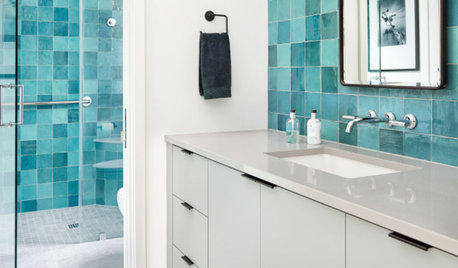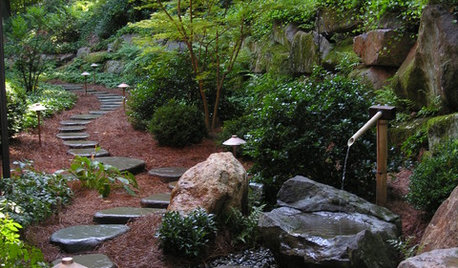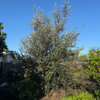too little sun for UC Verde, or other buff? zone 22
Need2SeeGreen 10 (SoCal)
5 months ago
last modified: 5 months ago
Featured Answer
Sort by:Oldest
Comments (6)
Need2SeeGreen 10 (SoCal)
5 months agoRelated Professionals
Carlisle Landscape Architects & Landscape Designers · Wixom Landscape Architects & Landscape Designers · Maple Heights Landscape Architects & Landscape Designers · Fuquay-Varina Landscape Contractors · Los Banos Landscape Contractors · Milford Landscape Contractors · Sayville Window Contractors · Lady Lake Landscape Contractors · Oak Harbor Landscape Contractors · Seven Hills Landscape Contractors · Tewksbury Landscape Contractors · Norridge Landscape Contractors · Fallbrook Swimming Pool Builders · Englewood Fence Contractors · Garden City Landscape Architects & Landscape Designersdchall_san_antonio
5 months agoNeed2SeeGreen 10 (SoCal)
4 months agoNeed2SeeGreen 10 (SoCal)
4 months ago
Related Stories

STANDARD MEASUREMENTSKey Measurements for a Wine Cellar, Part 1
Find out the best ways to store your stash and how much space you need for wine refrigerators, racks and other storage
Full Story
KITCHEN COUNTERTOPS7 Low-Maintenance Countertops for Your Dream Kitchen
Fingerprints, stains, resealing requirements ... who needs ’em? These countertop materials look great with little effort
Full Story
LANDSCAPE DESIGN7 Low-Maintenance Lawn Alternatives
Turf isn't the only ground cover in town. Get a lush no-grass lawn with clover, moss and other easy-care plants
Full Story
TILEPorcelain vs. Ceramic Tile: A Five-Scenario Showdown
Explore where and why one of these popular tile choices makes more sense than the other
Full Story
GARDENING GUIDESLowly Mulch Makes Magic in the Garden
Find out why you should be mulching your garden beds and what material is right for your site
Full Story
BEFORE AND AFTERSSee 6 Yards Transformed by Losing Their Lawns
Wondering whether a turf lawn is the best use of your outdoor space? These homeowners did, and they found creative alternatives
Full Story
LIFERetirement Reinvention: Boomers Plot Their Next Big Move
Choosing a place to settle in for the golden years? You're not alone. Where boomers are going and what it might look like
Full Story
PETSSo You're Thinking About Getting a Dog
Prepare yourself for the realities of training, cost and the impact that lovable pooch might have on your house
Full Story
MOST POPULAR33 Magic Household Cleaning Tips
Houzzers from around the world share their tips for transforming housework into child’s play
Full Story
DECORATING GUIDESThe Dumbest Decorating Decisions I’ve Ever Made
Caution: Do not try these at home
Full StoryMore Discussions







dchall_san_antonio